Rehab, Recovery, Redemption – Tiger Woods And The Art Of The Golfing Comeback
As the 15-time major winner gears up to make his return to professional golf this week at the PNC Championship, we chart the history of his injuries and off-course issues, and how he overcame them

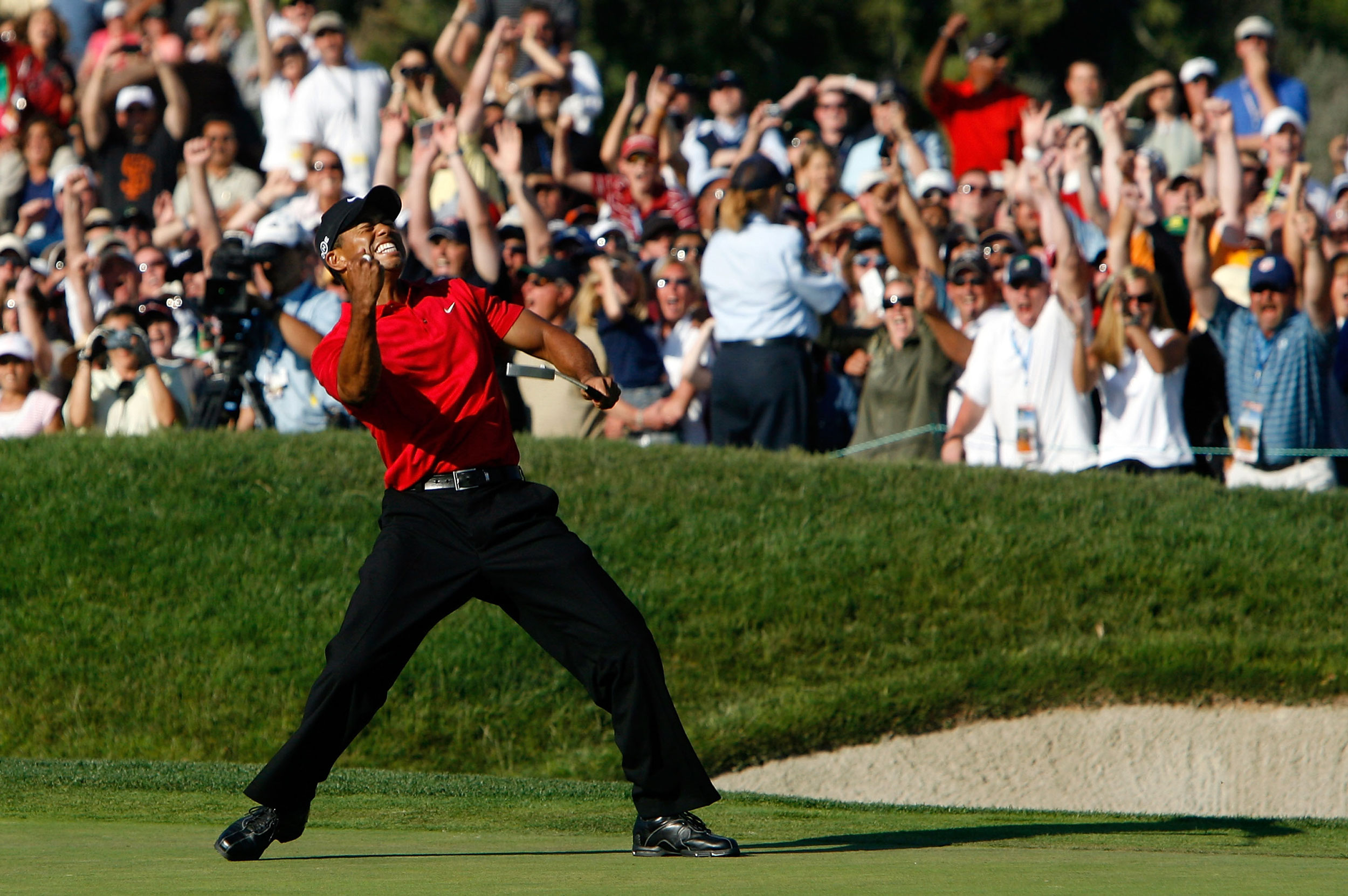
Rehab, Recovery, Redemption – Tiger Woods And The Art Of The Golfing Comeback
As Tiger Woods prepares for yet another return to professional golf at this week’s PNC Championship following career-threatening injuries sustained in a car crash in February, questions are ultimately being asked as to whether the 15-time major winner can rediscover any of the spark that made him the game’s greatest player.
Despite Woods admitting his full-time playing days look all but over – and that he will likely pick and choose a limited number of events going forward – there can be no doubting the impact he will have on this week’s tournament, which is normally nothing more than a low-key family scramble at the end of a saturated professional calendar. Indeed, organisers are expecting a mammoth week for TV ratings, with PNC senior executive Lou Cestello telling Golf.com that Woods’ involvement in the event is “unmeasurable”.
But this will not be Woods’ first attempt to rekindle the old magic or lay down a marker for why he is golf’s most marketable man. Yes, we have been here before, too many times in fact, but our rundown of Tiger’s most punishing lay-offs before registering one of sport’s greatest comebacks with victory at the 2019 Masters remains proof that you can never write him off.

The 45-year-old was seen practising during the recent Hero World Challenge
2003 - In a class of his own in San Diego
What was the problem? Following a 2002 season where he claimed the first two majors of the year with dominant displays at both the Masters and US Open at Bethpage Black, Woods underwent surgery to address a problem with his left ACL that included the removal of several cysts.
What happened next? Woods returned for the 2003 Buick Invitational at Torrey Pines and it was like he had never been away despite missing the first four events of the year. His victory – the second of his seven wins in the event – involved back-to-back scores of 68 to close out the weekend and a four-shot win over Carl Pettersson. Despite this, Woods would go majorless in 2003 and 2004, losing his World No1 spot to Vijay Singh before winning the Masters in 2005.
2006 - Fighting the grief at Winged Foot
What was the problem? It wasn’t an injury, but rather dealing with the emotions of his father Earl’s passing. Woods had challenged at that year’s Masters – won by Phil Mickelson – but would take the next two months off following Earl’s death in early May.
Subscribe to the Golf Monthly newsletter to stay up to date with all the latest tour news, equipment news, reviews, head-to-heads and buyer’s guides from our team of experienced experts.
What happened next? Despite Woods’ superhuman skills, there was too much rust as he returned at the 2006 US Open at a brutal Winged Foot. His lack of match sharpness was clearly evident with an opening-round 76, which was matched in the second round as Woods missed the cut for the first time as a professional in the majors. Geoff Ogilvy won the tournament following the final-hole collapses of Colin Montgomerie and Mickelson. Woods was soon back to his best, however, putting in an almost faultless display to win the Open at Hoylake a month later and adding his third PGA Championship to take his major count to 12.
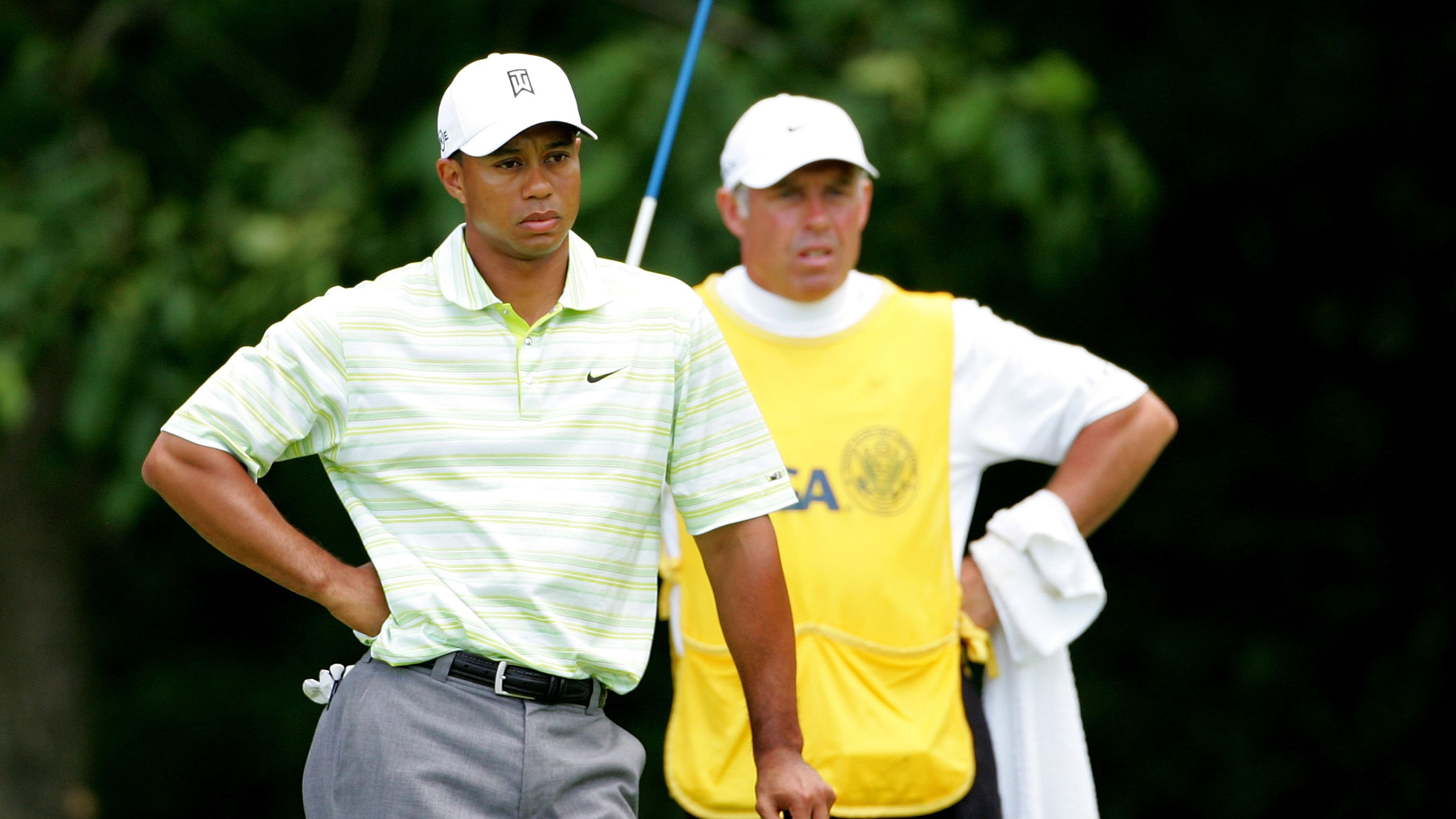
Woods missed the cut at the 2006 US Open following the death of his father, Earl
2008 - Taming Torrey on one leg
What was the problem? After finishing second to Trevor Immelman at the Masters, Woods chose to undergo surgery to repair cartilage damage to his left knee, missing two months of action. He was also informed he had two stress fractures in his left leg and was advised to take a further six weeks off – but he was determined to play in the US Open at Torrey Pines, one of his favourite venues.
What happened next? Arguably one of the greatest feats in modern-day sport, Woods battled through visible pain to force an 18-hole play-off with Rocco Mediate after holing a 15-foot birdie putt on the 72nd hole. Following his victory, Woods was accused of play-acting by Retief Goosen, and the South African was made to eat his words days later when the 14-time Major winner withdrew from all competition for the remainder of the 2008 season to have reconstructive knee surgery. He was out for nine months.
2009 - Undone at the WGC-Matchplay
What was the problem? Woods made his latest comeback in March 2009 at the WGC-Match Play after a prolonged absence due to knee surgery. He had missed both the 2008 Open and PGA Championship, while also skipping the USA’s Ryder Cup win at Valhalla that year.
What happened next? Although he comfortably saw off Australia’s Brendan Jones in the first round, he would lose to South African Tim Clark in the second, 4&2. However, there were clear signs that his surgery had been a success and a week before the 2009 Masters, Woods won his sixth Arnold Palmer Invitational with a 20-foot birdie at the last. Despite missing the cut at the Open at Turnberry and suffering defeat by YE Yang at that year’s PGA Championship, his six wins propelled him to his second FedEx Cup title. Surely, claiming Major number 15 would only be a matter of time.
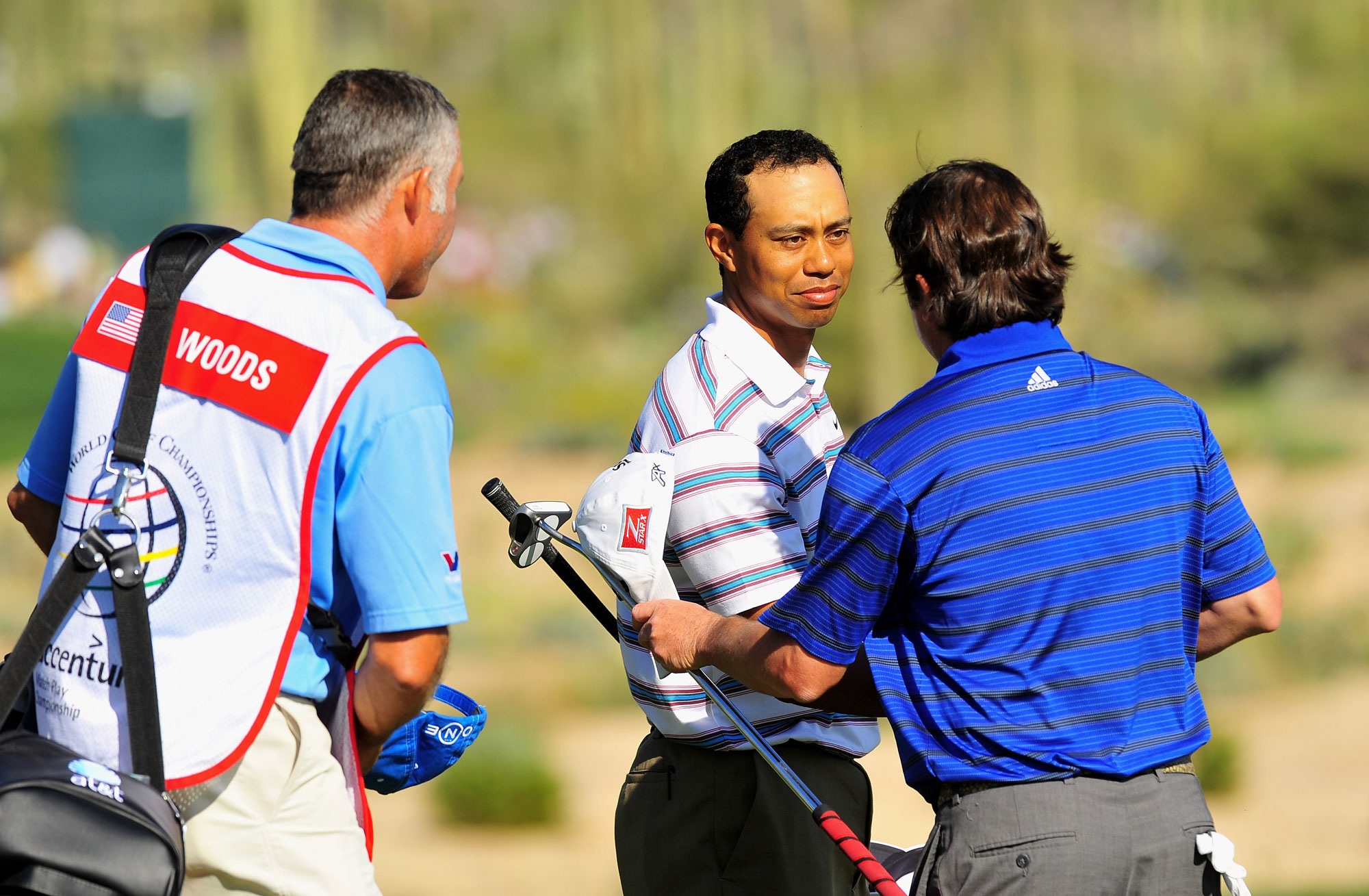
Losing 4&2 to Tim Clark at the 2009 WGC-MatchPlay
2010 - In the spotlight at the Masters
What was the problem? Where do you start? When news filtered through that Woods had been involved in a minor car accident near his home in Florida in November 2009, there seemed little concern. But reports that a heated row with his wife Elin had been the cause of the crash were followed by a string of revelations about his private life and a number of extra-marital affairs came to light. In the spotlight of a very public scandal, Woods was forced to step away from the game, taking an indefinite break.
What happened next? Woods made his long-awaited return at Augusta, but only after months of public shaming that also saw him lose several major sponsorship deals. There were moments during the Masters where it looked like he would contend, but despite finishing fourth he was off the pace and his game looked slightly brittle as Mickelson won his third Green Jacket. He did briefly challenge at the US Open two months later, but the intense media frenzy was not going away as he split from Elin with his game and mindset looking more fragile by the week.
2011 - Rock-bottom and subsequent rise...
What was the problem? During the 2011 Masters – where an impressive final-round 67 had catapulted him into a tie for fourth place – Woods suffered a sprained left achilles after playing a shot from under the Eisenhower Tree. The injury forced him to withdraw from the Players Championship, while he also missed the US Open and Open Championship.
What happened next? Woods returned to action at Firestone for the Bridgestone Invitational but struggled, finishing tied 37th. The tournament was won by Adam Scott, with caddie Steve Williams – recently sacked by Woods – on the Australian’s bag and delivering a post-match rant about how the win had been his “greatest ever”. Despite missing the cut at that year’s PGA Championship, Woods returned to the winners’ circle at the Hero World Challenge in December and would show strong signs that he was heading back to his best the following season, winning three times on the PGA Tour in 2012. He would then win five times in 2013, returning to the top of the world rankings in the process. Crisis? What crisis?
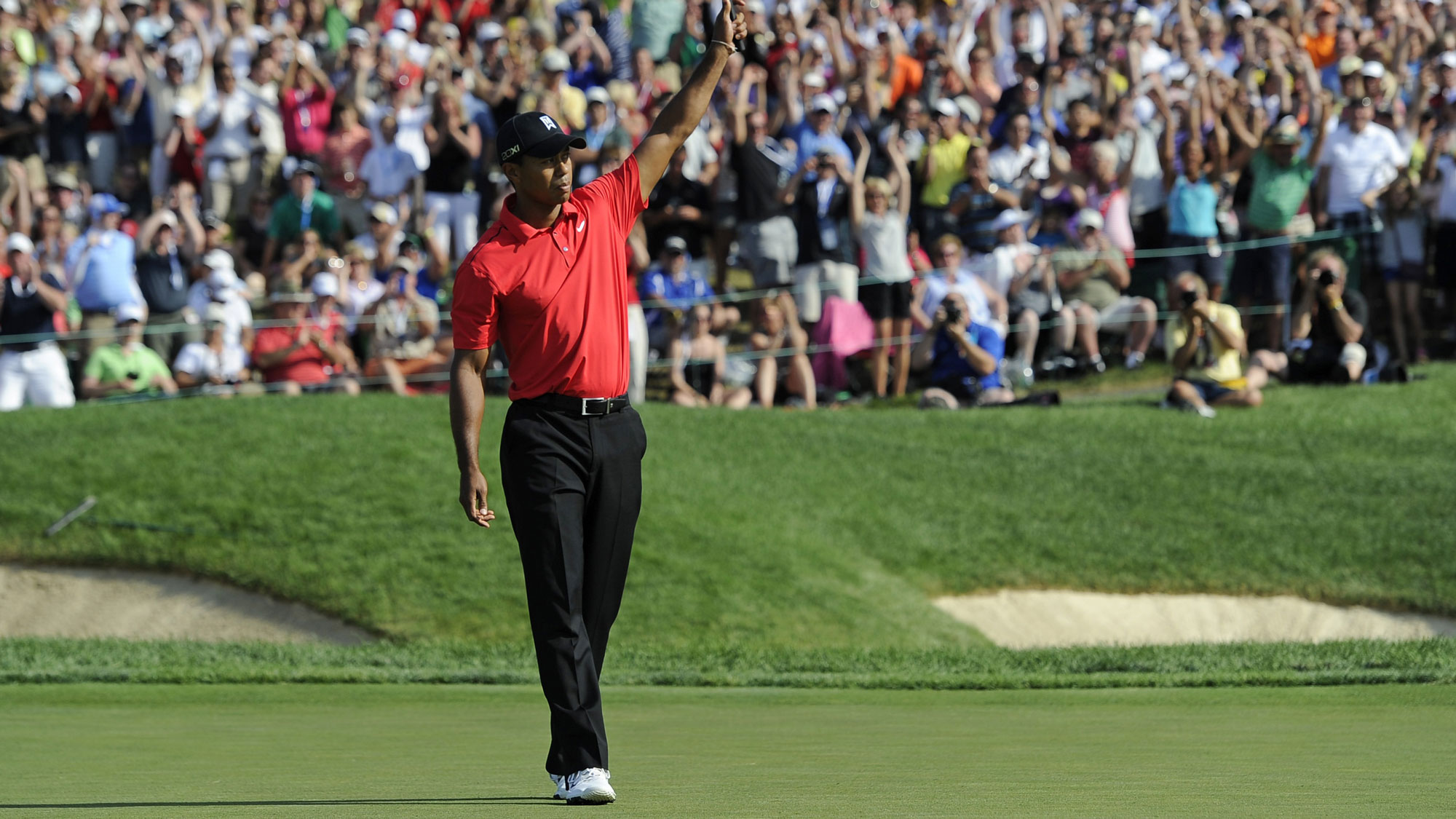
Victory at the 2012 Memorial was one of three PGA Tour wins in 2012
2014 - Back problems bubble under the surface
What was the problem? Back spasms had begun to plague Woods during 2013, despite his march towards reclaiming the World No1 spot. In March 2014, he was forced to withdraw from the Honda Classic after playing his first six holes in five-over par. He later announced his intentions to not play in the Masters for the first time as a professional due to undergoing back surgery for a pinched nerve. He would sit out the next four months, also missing the US Open.
What happened next? Woods made his comeback at Congressional Country Club at the Quicken Loans National, but fired rounds of 74 and 75 to miss the cut. By now there were genuine concerns for his long-term future in the game as his form continued to decline. During the 2015 season, there were a number of low points and withdrawals, with a tie for 17th at the Masters the only real talking point. In September, he would have a second back surgery, followed by a third only a month later.
2016 - Long road to recovery and reckless driving charge
What was the problem? Out of action for almost a year and a half following those two bouts of surgery in late 2015, Woods made it through four rounds of golf on his competitive return at the Hero World Challenge in the Bahamas.
What happened next? It was a false hope, as he withdrew from the Dubai Desert Classic in February 2017 citing more back spasms. Now ranked 666 in the world, he underwent a fourth back surgery and in May that year was arrested when police found him asleep behind the wheel of his car, which he attributed to a mixture of legal medications. He was charged with reckless driving and given one year’s probation.

Woods was charged with reckless driving in 2017 after being found asleep at the wheel of his car
2018 Tour Championship and 2019 Masters
After returning to competitive golf in late 2017, there were moments of encouragement. At the 2018 Open played over Carnoustie, he momentarily held the lead during the final round but ultimately faded to finish tied sixth, while he also challenged at that year’s PGA Championship, finishing second behind Brooks Koepka. The breakthrough win eventually came over a month later, with a two-shot victory at the Tour Championship before perhaps one of the greatest sporting comeback stories was completed the following April, emerging through the pack during the final round of the Masters to win his 15th major and fifth Green Jacket.

Back at the top: Winning his fifth Green Jacket in 2019
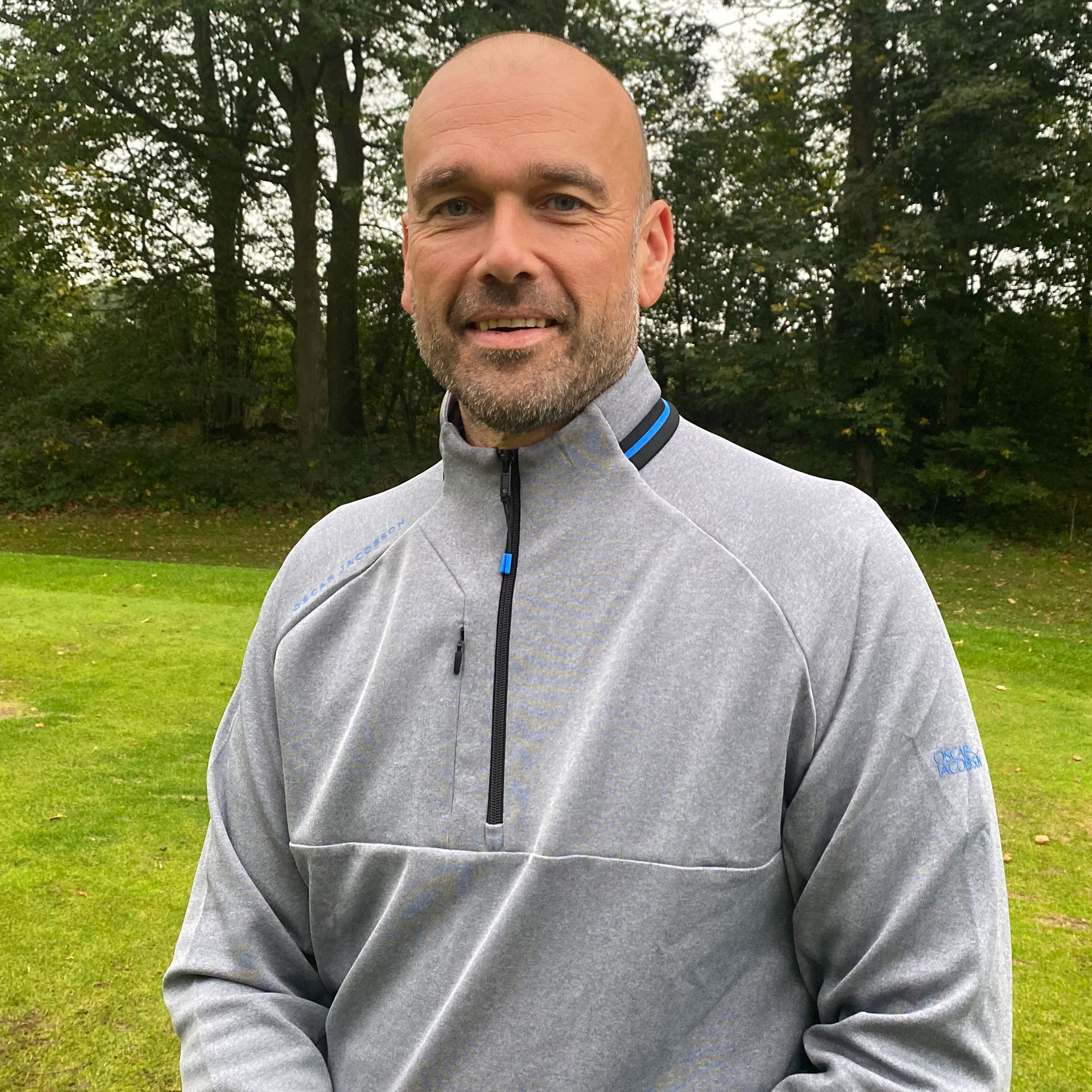
Alex began his journalism career in regional newspapers in 2001 and moved to the Press Association four years later. He spent three years working at Dennis Publishing before first joining Golf Monthly, where he was on the staff from 2008 to 2015 as the brand's managing editor, overseeing the day-to-day running of our award-winning magazine while also contributing across various digital platforms. A specialist in news and feature content, he has interviewed many of the world's top golfers and returns to Golf Monthly after a three-year stint working on the Daily Telegraph's sports desk. His current role is diverse as he undertakes a number of duties, from managing creative solutions campaigns in both digital and print to writing long-form features for the magazine. Alex has enjoyed a life-long passion for golf and currently plays to a handicap of 13 at Tylney Park Golf Club in Hampshire.